 The Battle Between Good and Evil
The Battle Between Good and Evil
 Ellen in Wonderland 3 - The visit to the forest with the human worms
Ellen in Wonderland 3 - The visit to the forest with the human worms
 Ellen in Wonderland 2 - Ellen in dispute with a little harlequin
Ellen in Wonderland 2 - Ellen in dispute with a little harlequin
 The Bummer - Odysseus at Kirke
The Bummer - Odysseus at Kirke
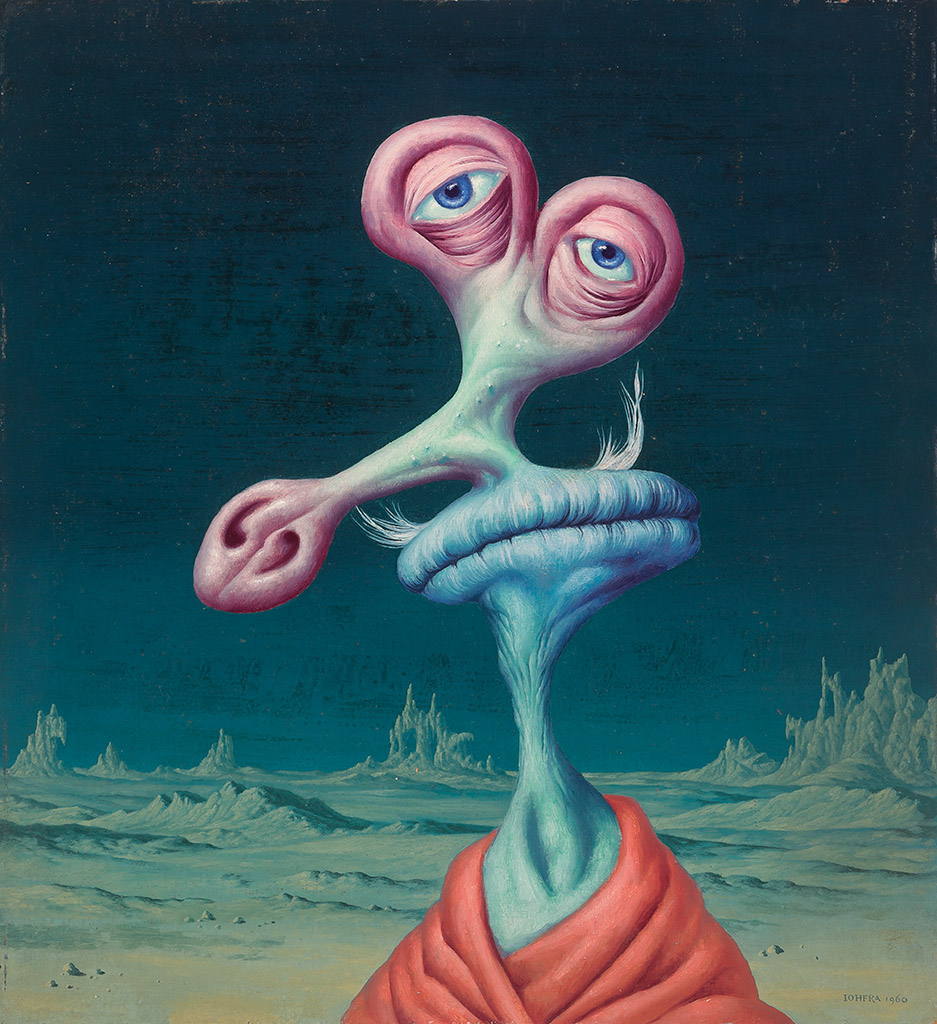 I made the impossible come true
I made the impossible come true
 What do you think about marriage?
What do you think about marriage?
 Study for - The Liberation of Andromeda
Study for - The Liberation of Andromeda
 A Painful Encounter
Artworks found at
A Painful Encounter
Artworks found at
Artworks found at the Pathos Gallery website. A large retrospective of artworks by Johfra Bosschart will be on display starting September 21st at the Pathos Gallery in Amsterdam.
"Pathos Gallery presents: Johfra Bosschart
A selection of works by the Dutch godfather and pioneer of surrealism and fantastic realism.
Born as Franciscus Johannes Gijsbertus van den Berg, he later in 1945 adopted the pseudonym JohFra by using the first three letters from each of his two first names in reverse order. Much of his early life was spend in The Hague. From an early age he showed great abilities in drawing and later attended lessons at the Academy of Fine Arts in The Hague.
By 1943 he had assembled a considerable body of work that he was able to mount an exhibition. Most of his early pieces were destroyed in a bombing raid during the closing years of the Second World War. One that survived is his Fantastic figure of 1942.
In German occupied Holland he had little access to the wider art world but he did obtain a Nazi propaganda magazine with an article about degenerate art. This introduced him to the imagery of Dalí, Ernst, Tanguy, and Magritte. He became especially drawn to the work of Dalí. After the war Johra was free to paint and he produced a profusion of work. His Terra Incognita of 1955 clearly demonstrated the influence of Dalí. Throughout the 1950s he created many paintings in a flowing organic style.
In 1959 Johfra travelled to Port Lligat with the intention of meeting Salvador Dalí. Their meetings were somewhat strained and strange, but Dalí took them to his studio where he showed Johfra The Discovery of America by Christopher Columbus which he was then working on. Johfra, however, was rather disappointed with Dalí as he wrote in his diary "This visit left a storm of conflicting thoughts and feelings behind us. I found him repulsive yet sympathetic and tragic. An imprisoned person who is forced to be the figure that he himself has created. A victim of a world in which he is the fool, and of himself through his boundless vanity, making him impossible to break out of this situation. What I missed completely was every trace of joy and humour."
In the immediate post war years Johfra became involved with a fellow Dutch artist Diana Vanbenberg and they married in 1952. They were able to travel to Rome. Johfra held several solo exhibitions and gained some degree of financial stability. The 1950s saw the development of his mature surrealist style.
In A Spring Morning of 1957 he began to develop the tangled organic landscapes which appear in many of his later paintings. In 1967 he produced a series of four drawings on the theme of schizophrenia. Perhaps these show some influence from the symbolic language of Hieronymous Bosch and Breughel. These drawings marked a departure from his earlier surrealistic style towards a more emblematic, instructive and didactic one. This was perhaps already a component of his work, as is seen in the emblematic Son of the Snakes of 1951, but now this pictorial form became more central and his surrealist style somewhat diminishes in importance for him.
This perhaps reflects the influence of a new artistic partner in his life Ellen Lórien, whom he married in 1973. The 1970s marked an amazingly fruitful period for Johfra with the creation of many of his major pieces. It was during this period that art historian Hein Steehouwer devised the term 'Meta-Realists' for Johfra and the other artists in his circle suggesting they were depicting a realm beyond, or standing above, the real.
This was followed a year later by his Zodiac series which immediately touched the popular imagination as it appeared as illustrations in various books, and was made into large wall posters popular among the new age enthusiasts. Johfra later found this series to be a considerable burden as this became so bound to his name that his other work was unfortunately ignored. He described his works as "Surrealism based on studies of psychology, religion, the bible, astrology, antiquity, magic, witchcraft, mythology and occultism."
Johfra's legacy has been rather affected by the popularity of his 1970s Zodiac series, so much so that many of his surreal works became marginalised, however, we should view him as a significant surrealist, who shifted into a more emblematic, narrative and didactic style, in what was labelled as meta-realist, a term which he later disowned." - quote source
Johfra was previously shared on Monster Brains in 2009 and 2006.




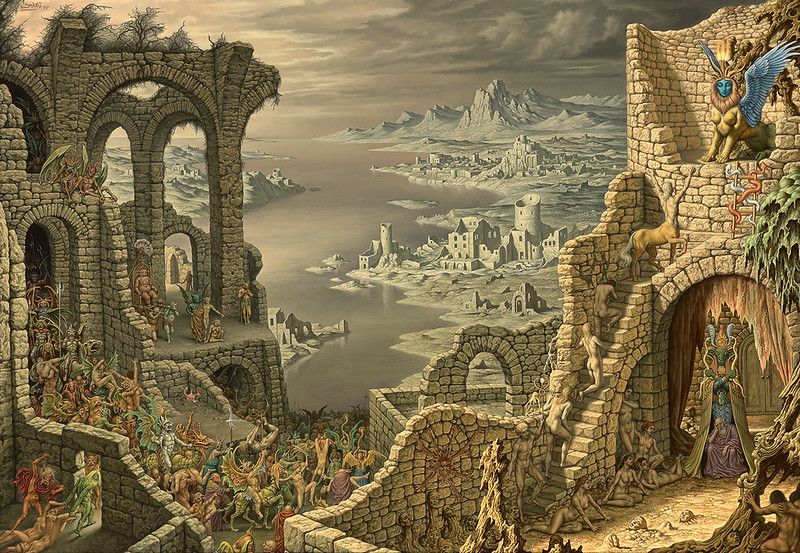
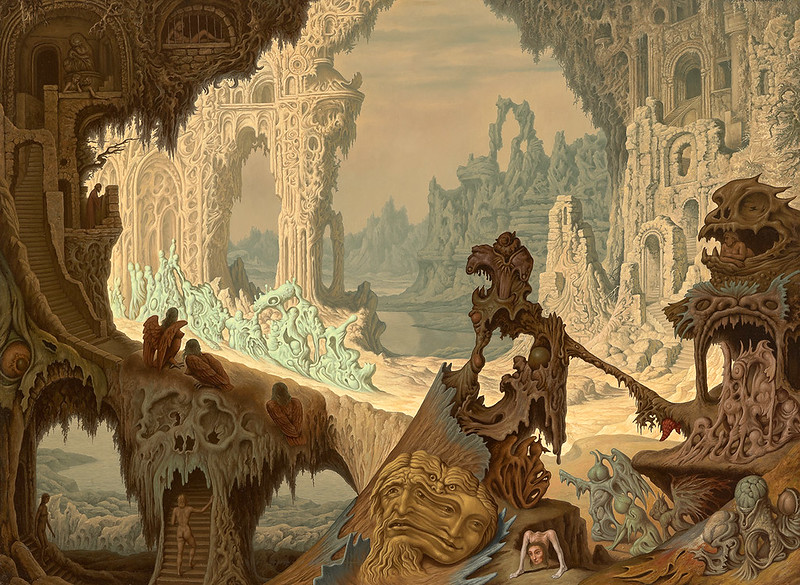



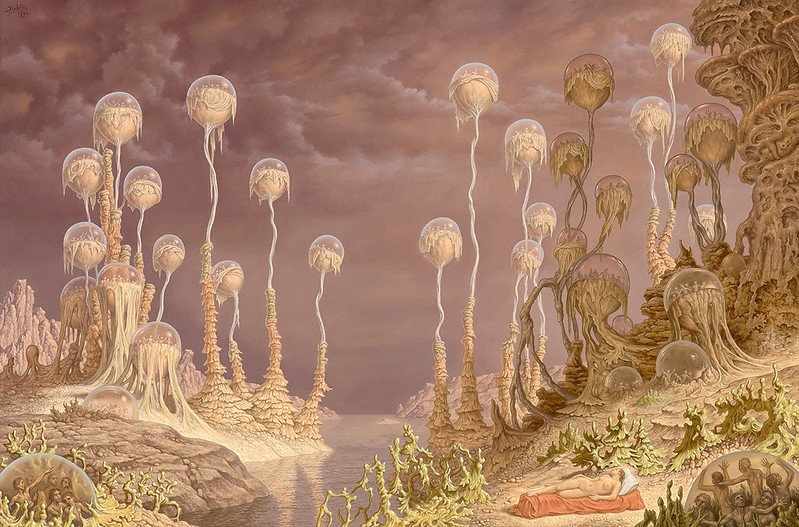

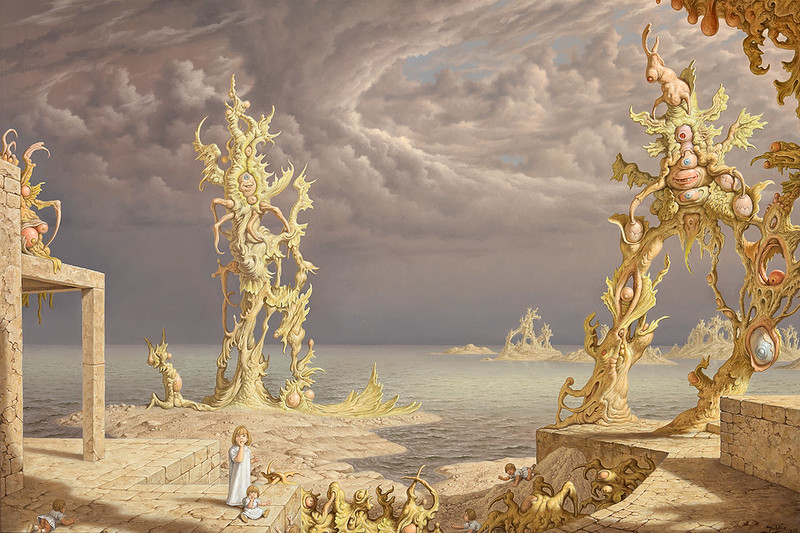




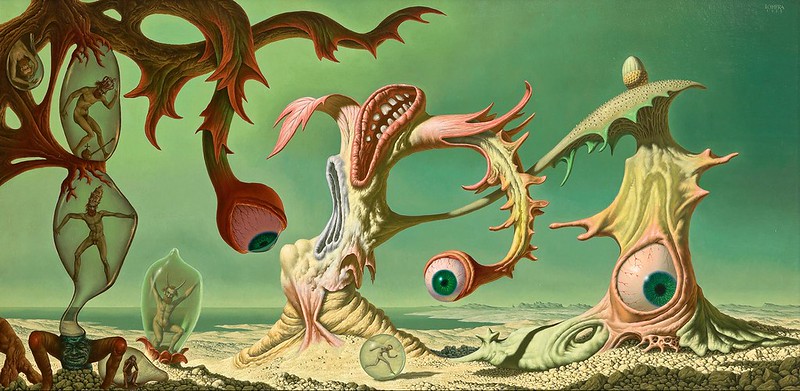
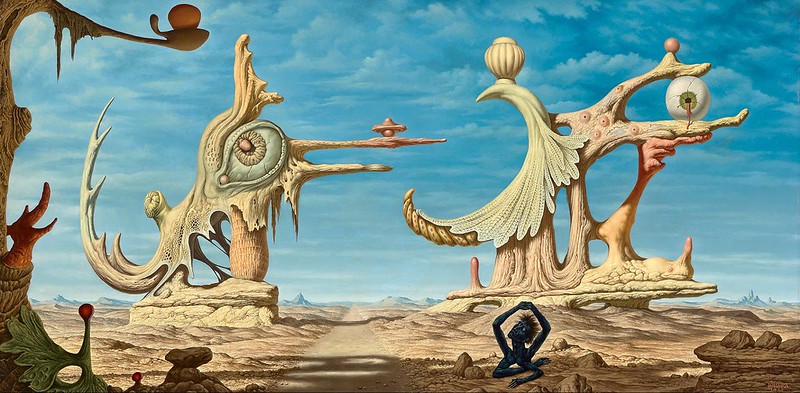
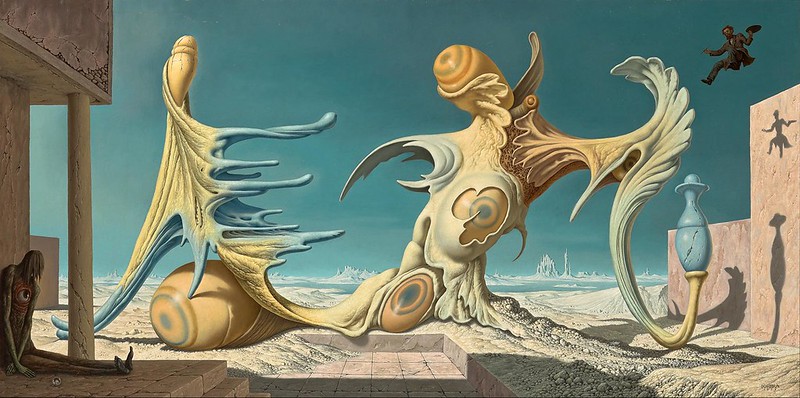
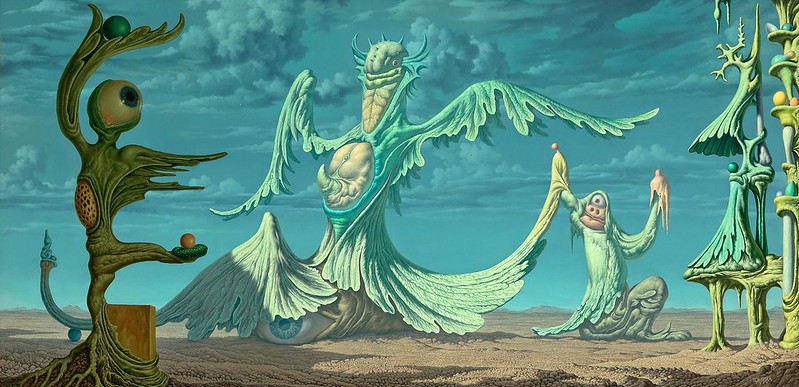



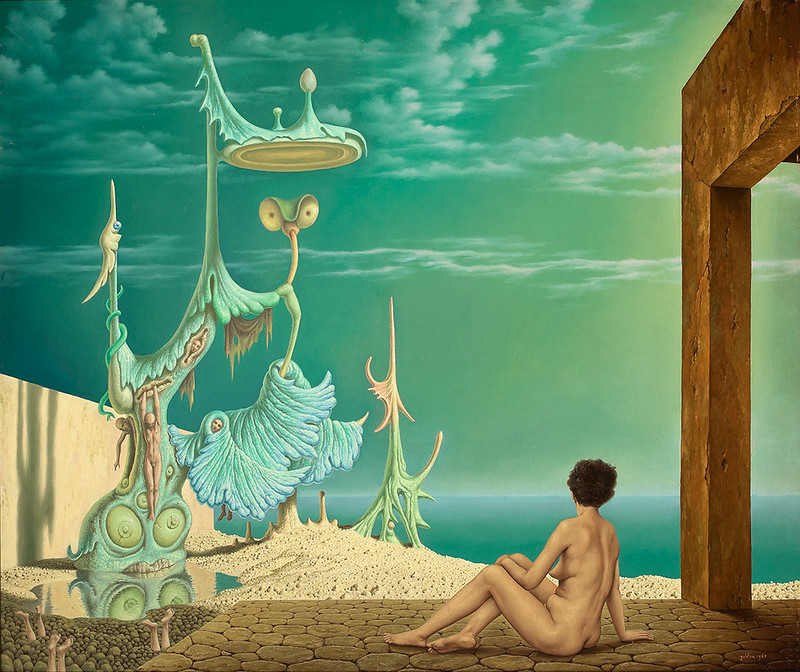



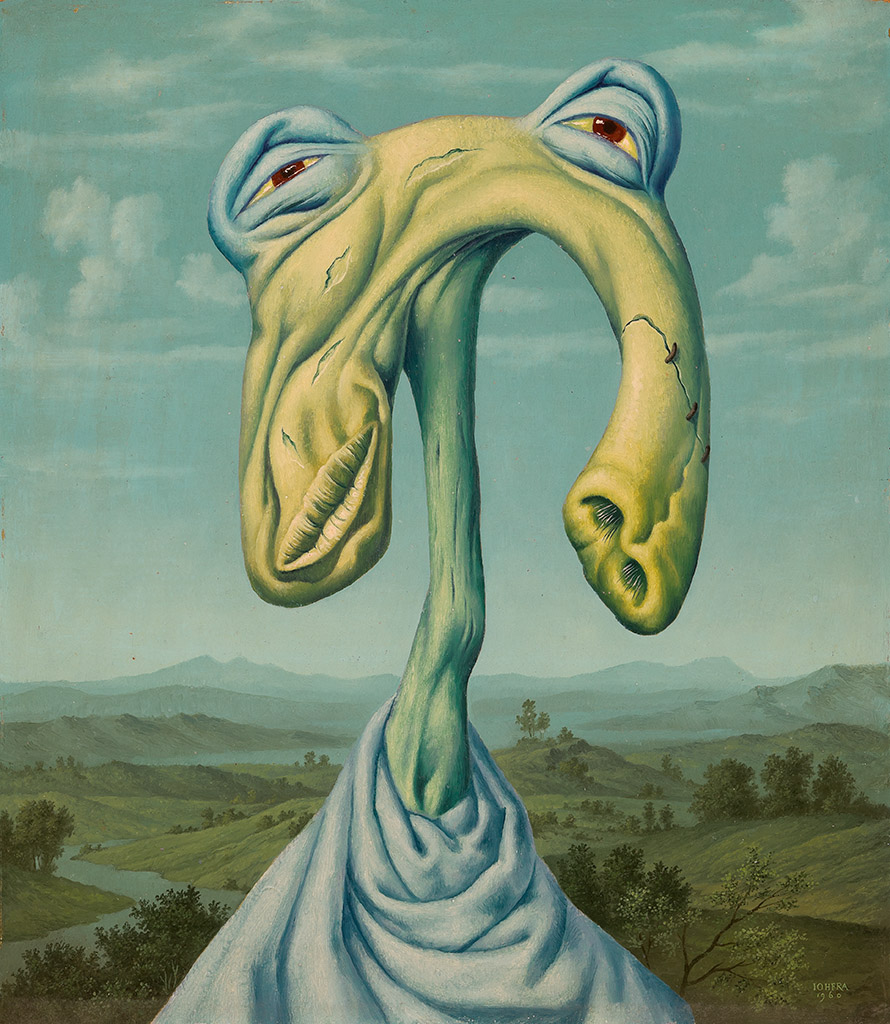
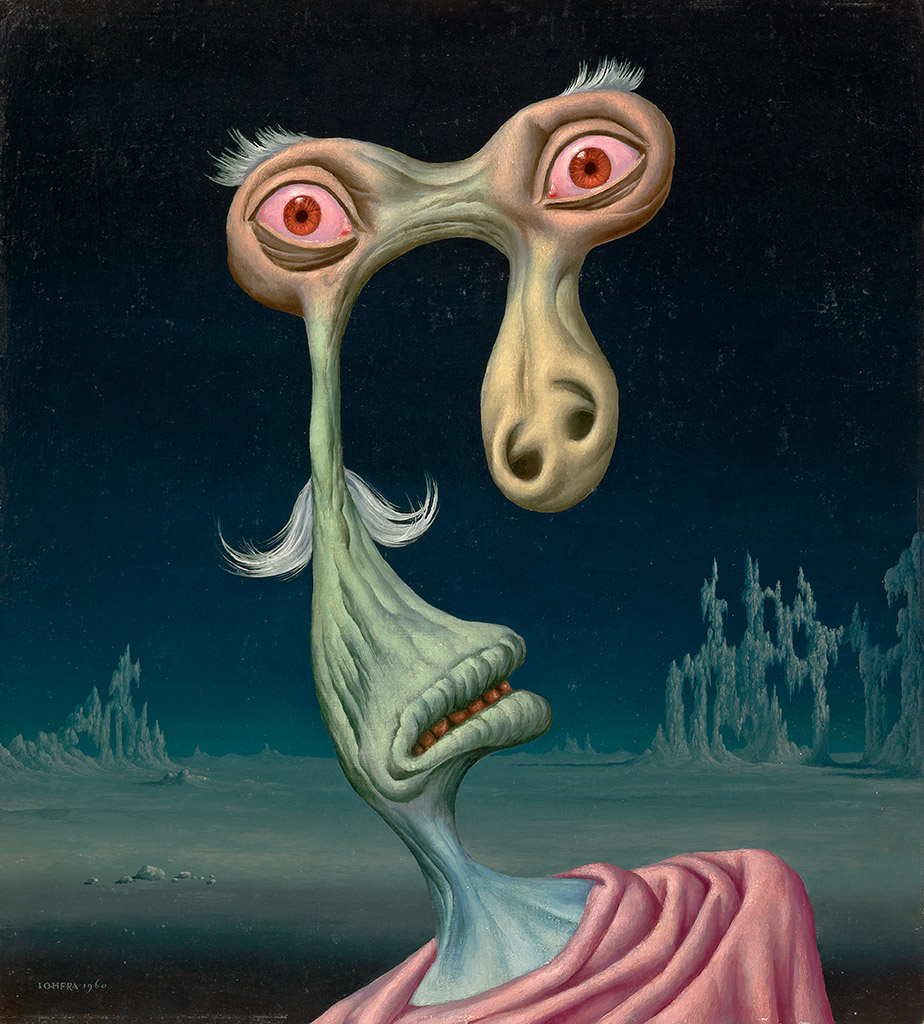




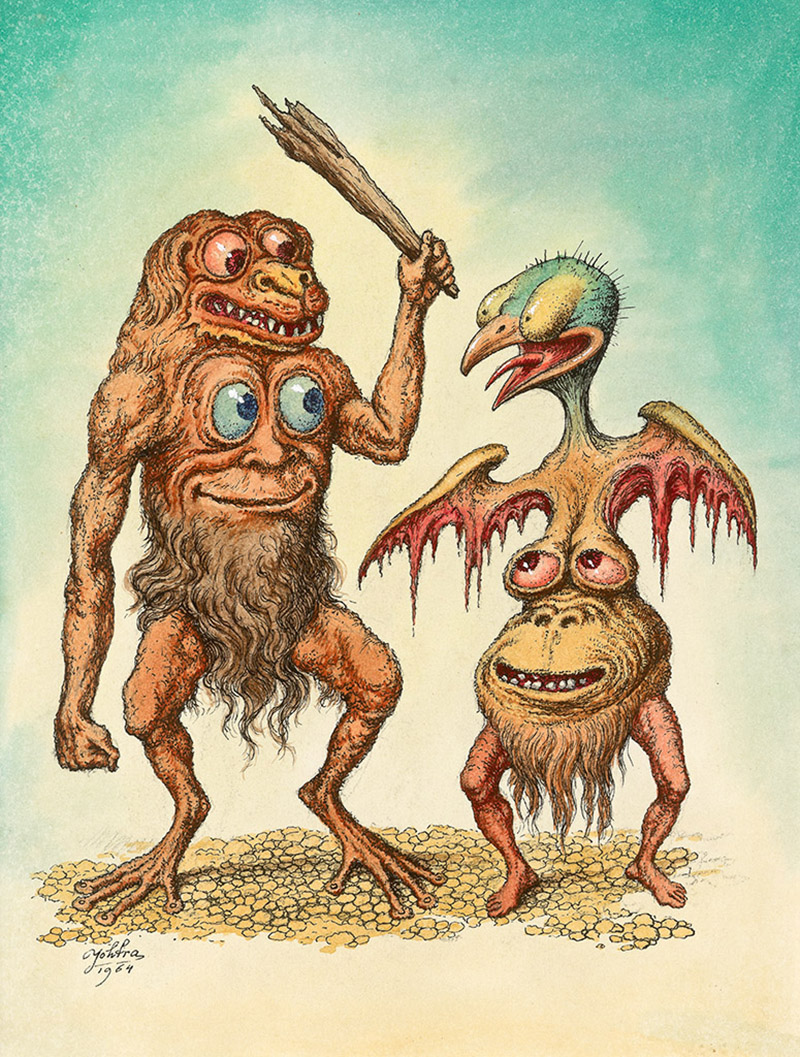

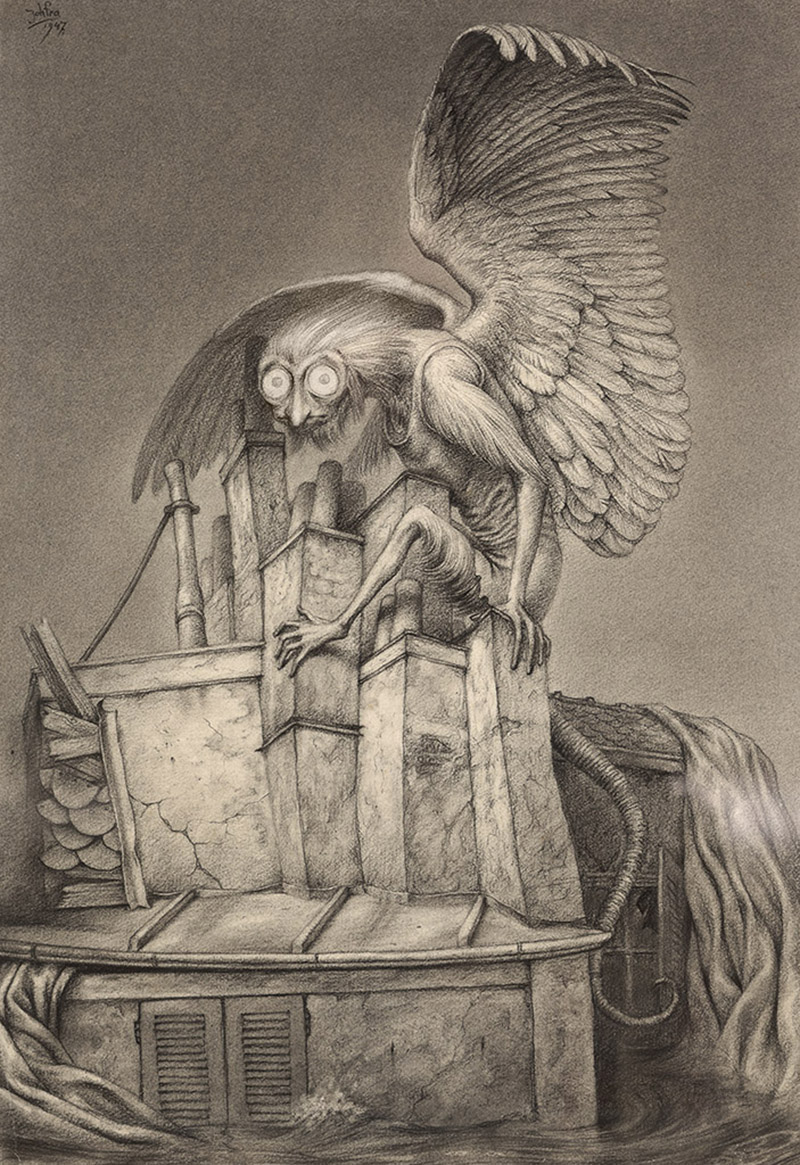


3 comments:
Cool. Thanks for sharing this.
Man those look incredibly dope!
You are doing the Lord's work.
Post a Comment